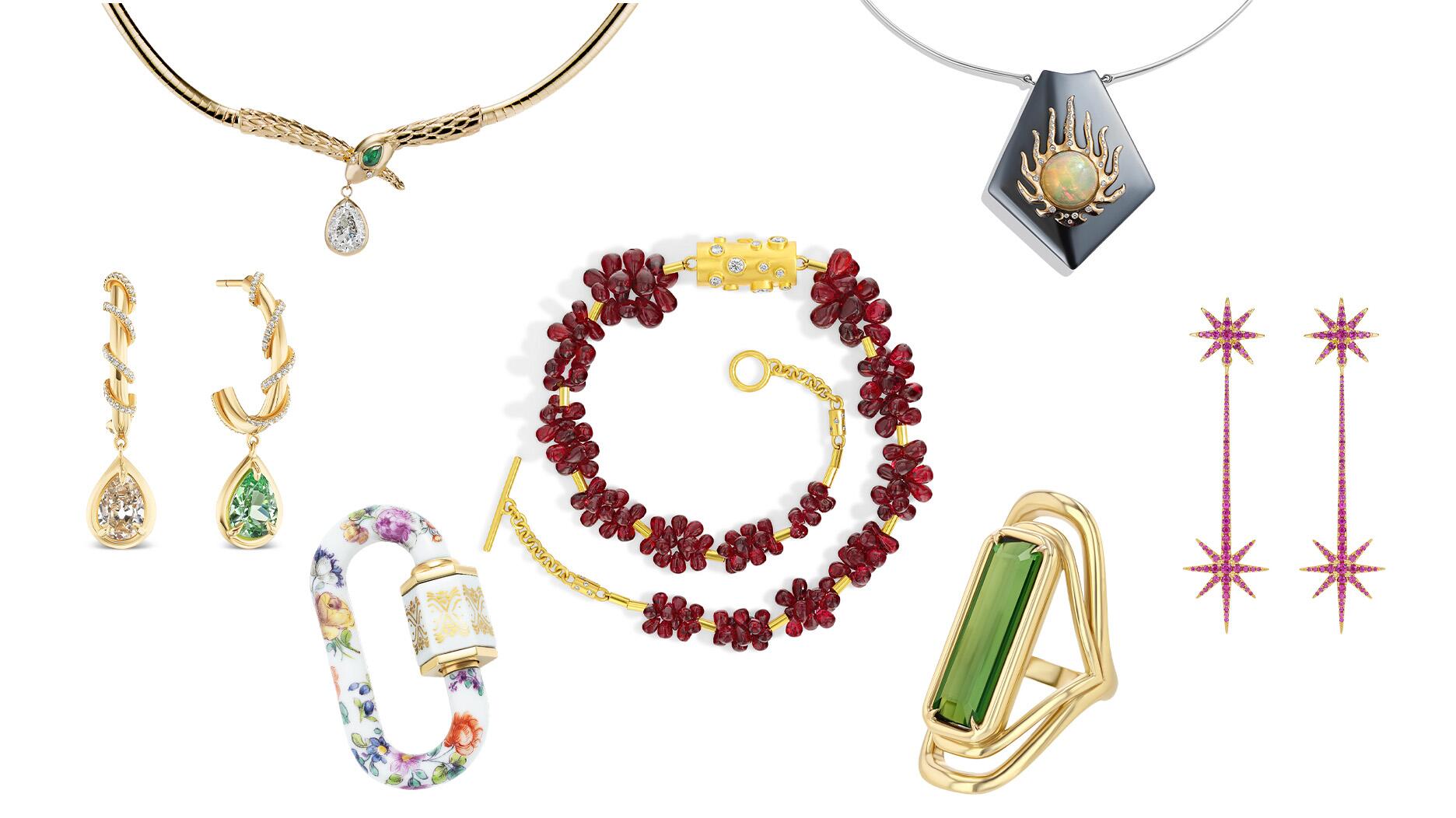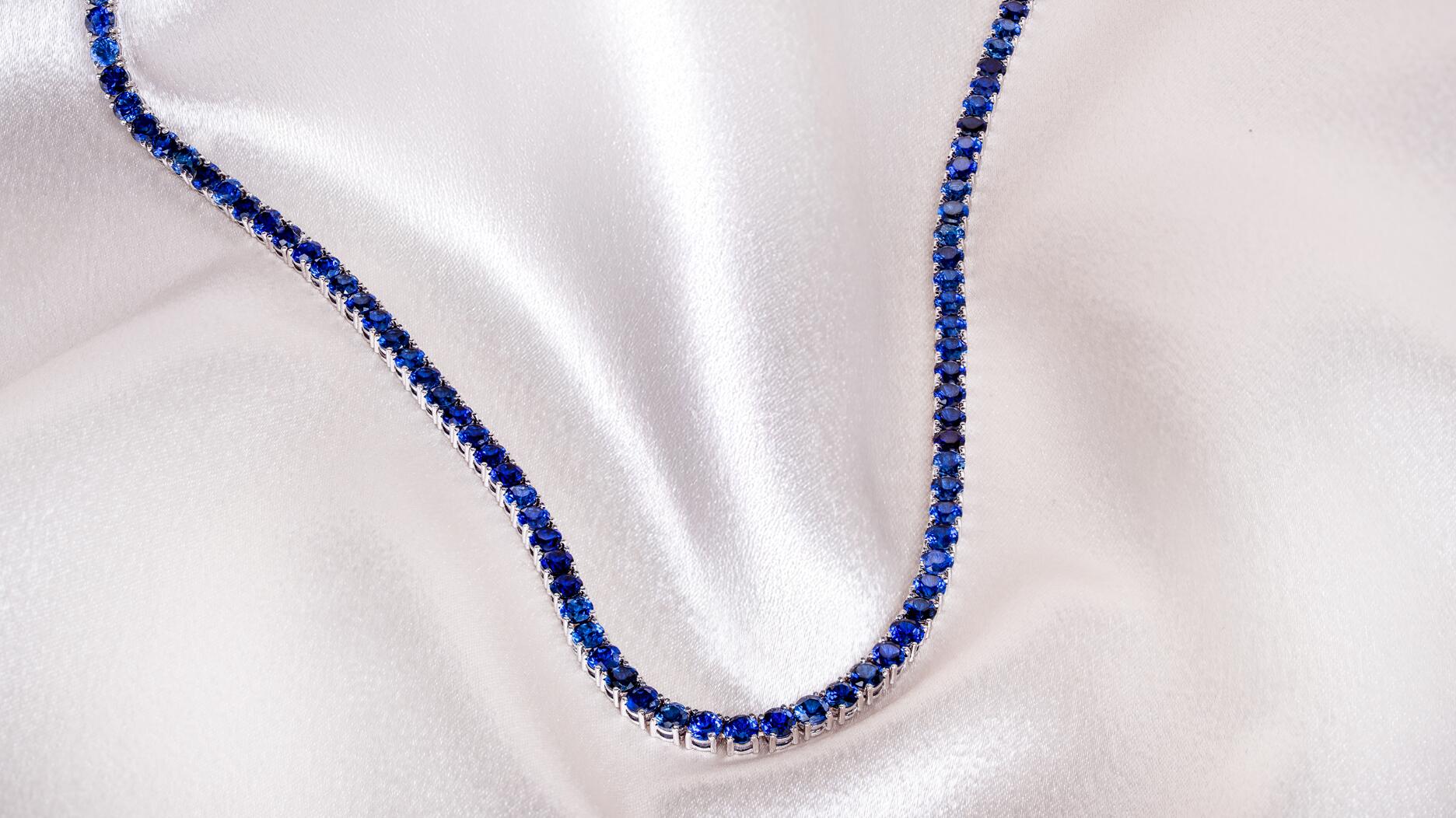5 Things to Know About … Taaffeite
Long mistaken for spinel, taaffeite holds the distinction of being the only gem identified from a faceted stone.

But, as it turns out, there’s another gemstone that rivals spinel when it comes to identification confusion.
Enter taaffeite, a very rare gemstone that looks similar to spinel but isn’t as well known.
Taaffeite can come in various pink and purples shades like lilac, violet and mauve, as well as red, brown, bluish hues, gray, green and colorless.
I happened upon the gem while scrolling through Instagram, as one does, and immediately added it to my list of stones to cover.
I’m so glad I did; there are many interesting things about this gem beyond just its rarity, though that is of course one of its more notable aspects.
Here are five things to know about taaffeite.
1. It was long mistaken for spinel.
One of my favorite parts of researching this stone was hearing the story of how it was “discovered.”
In 1945, gemologist Count Edward Charles Richard Taaffe of Dublin, Ireland, was sifting through a parcel of cut and polished stones.
While examining them, he realized a small mauve-colored stone weighing 1.419 carats that looked like spinel might be something different.
Importantly, the gem was doubly refractive. Spinel, like diamond and garnet, is singly refractive.
Curious and wanting to investigate further, Taaffe sent the gem to the Laboratory of the London Chamber of Commerce for testing.

Researchers eventually confirmed it was a new species and named the stone after the gemologist.
Part of the new gemstone was used for analysis, and the remainder was returned to Taaffe as a 0.55-carat stone, according to the International Gem Society (IGS), standing as the first official chunk of taaffeite.
Taaffeite is the first, and still only, gemstone initially identified from a faceted gemstone.
Carl Larson of gem dealer Pala International called this “extraordinary” since cut gems are harder to identify than rough as an observer loses “clues” like the crystal system.
2. Here’s how it’s similar to, and different from, spinel.
At first glance, many taaffeites looks just like spinel. It’s once you get into the specifics that you’re able to spot the differences.
The two gemstones have a similar hardness (8 for spinel, 8 to 8.5 taaffeite), refractive index (1.1712-1.762 for spinel and 1.719-1.730 for taaffeite), and specific gravity (3.54-3.63 for spinel and 3.60-3.62 for taaffeite).
But, as mentioned above, taaffeite’s birefringence sets it apart.
Taaffeite also has a different chemical composition and crystal structure than spinel. Spinel forms in cubic crystals whereas taaffeite forms in the hexagonal crystal system.
3. It originates from only a few sources around the world.
The source of taaffeite was unknown for a long time. Eventually, small fragments were found in Sri Lanka and southern Tanzania, according to reference site GemDat.org.
Material also has come from Myanmar, and some lower-grade taaffeite has been found in China and Russia, according to the IGS.
It’s not surprising the gemstone has been mistaken for spinel, not only because of its similar appearance but also because, according to Gems & Gemology, it’s found mixed in with parcels of spinel.
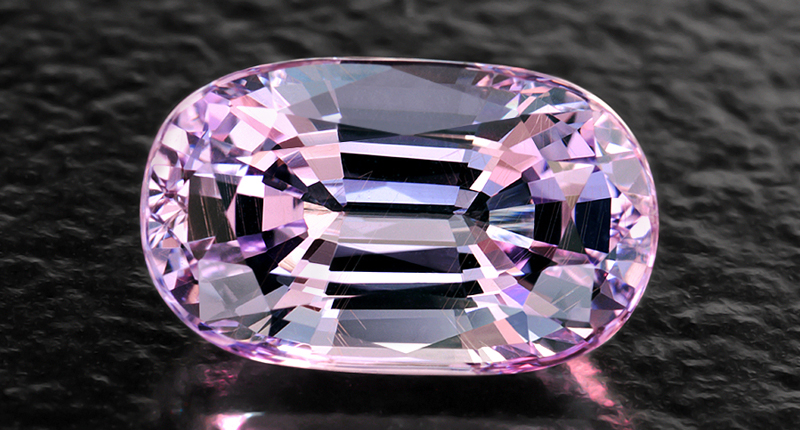
4. And it is rare.
For many years after Taaffe’s discovery, there were only known to be a few samples, and taaffeite remains one of the rarest minerals in the world, IGS said.
An article in the summer 1982 issue of Gems & Gemology said only about 10 specimens had been identified at that time, and estimates for how much taaffeite is currently in circulation today remain fairly small.
Due to its incredible rarity, it’s used exclusively for cut gemstones, multiple sources said.
Larson said he’s only worked with about 20 taaffeite stones in his seven years with Pala International, adding he’s only sold four stones he’d call fine quality.
According to Bonhams, the few taaffeites seen on the market are usually light in color and small.
5. There are options at many price points, but the high-end goods get gobbled up.
Because much of the material is lighter in saturation it can also be accessibly priced, between about $1,500-$2,500 per carat, according to Howard Fensterman Minerals.
But as is the case with most gemstones, top-quality pieces are rare and, thus, expensive.
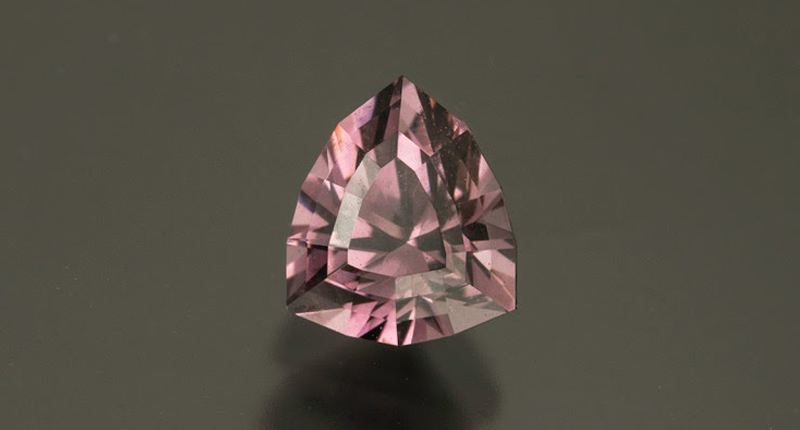
Larson said the light-pink material and dark-purple material tends to be priced at around $800 to $2,500 per carat.
Finer colors with more saturation can go up to about $5,500 to $7,500 per carat, while those with intense color that are clean inside can sell for as much as $15,000 per carat.
These fine stones sell very quickly, Larson added, noting most buyers he’s encountered are well researched on the subject and know as much, if not more, than he does about the gem.
There have even been a few examples of taaffeite at auction—in 2018, a lavender kite-shaped taaffeite weighing 5.34 carats went up on the block at Bonhams, where it sold for $20,000 including buyer’s premium.
David Weinberg of gemstone wholesaler Multicolour said they are seeing a few very specific markets for taaffeite: collectors, engagement rings and collector-investors.
While he noted demand has dipped in light of the coronavirus pandemic, it is still “generally better” than most stones, a performance he attributes to the increasing popularity of rare gemstones.
Larson also said the fine stones sell very quickly, adding any material that’s eye-clean with strong color and a good cut will sell relatively quickly, no matter the size.
The Latest

The special-edition egg pendant ingested in a New Zealand jewelry store was recovered after a six-day wait.

The “Love and Desire” campaign is inspired by the magic that follows when one’s heart leads the way, said the brand.

Two awardees will receive free tuition for an educational course at the Swiss lab, with flights and lodging included.

How Jewelers of America’s 20 Under 40 are leading to ensure a brighter future for the jewelry industry.

Berta de Pablos-Barbier will replace Alexander Lacik at the start of January, two months earlier than expected.


Sotheby’s held its first two jewelry sales at the Breuer building last week, and they totaled nearly $44 million.

Winners will receive free registration and lodging for its fourth annual event in Detroit.

Roseco’s 704-page catalog showcases new lab-grown diamonds, findings, tools & more—available in print or interactive digital editions.

Here are six ideas for making more engaging content for Instagram Reels and TikTok, courtesy of Duvall O’Steen and Jen Cullen Williams.

The honorees include a notable jewelry brand, an industry veteran, and an independent retailer.

Carlos Jose Hernandez and Joshua Zuazo were sentenced to life without the possibility of parole in the 2024 murder of Hussein “Sam” Murray.

Yood will serve alongside Eduard Stefanescu, the sustainability manager for C.Hafner, a precious metals refiner in Germany.

The New Orleans jeweler is also hosting pop-up jewelry boutiques in New York City and Dallas.

Set in a Tiffany & Co. necklace, it sold for $4.2 million, the highest price and price per carat paid for a Paraíba tourmaline at auction.

The jeweler’s “Deep Freeze” display showcases its iconic jewelry designs frozen in a vintage icebox.

Take luxury gifting to new heights this holiday season with the jeweler’s showstopping 12-carat sphene ring.

This year's theme is “Unveiling the Depths of the Ocean.”

In its annual report, Pinterest noted an increase in searches for brooches, heirloom jewelry, and ‘80s luxury.

Starting Jan. 1, customers can request the service for opal, peridot, and demantoid garnet.

The 111-year-old retailer celebrated the opening of its new location in Salem, New Hampshire, which is its third store in the state.
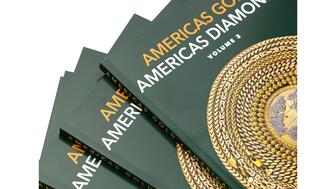
The new catalog features its most popular chains as well as new styles.
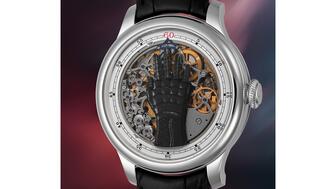
The filmmaker’s personal F.P. Journe “FFC” prototype was the star of Phillips’ recent record-setting watch auction in New York.

The new location in the Design District pays homage to Miami’s Art Deco heritage and its connection to the ocean.

Inflations, tariffs, and politics—including the government shutdown—were among consumers’ top concerns last month.

“Longtime favorite” presenters, as well as first-time speakers, will lead talks and workshops at the annual event in Tucson next year.

Silas Smith of Meridian Metalworks won the challenge with his pendant that blends Australian and American landscapes.
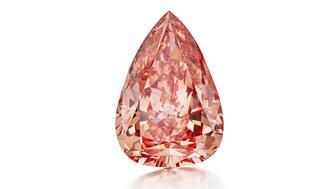
The sale of the 31.68-carat, sunset-hued stone was part of Sotheby’s first series of events and auctions in Abu Dhabi.














